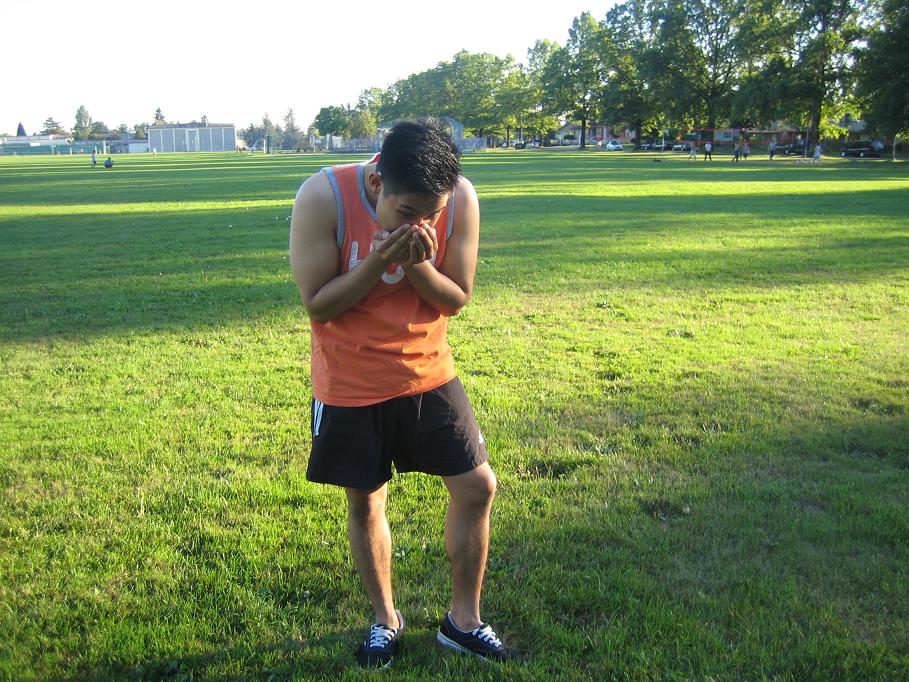Dry socket is also known as alveolar osteitis which is a painful dental problem. It develops 4-5 days after a wisdom tooth extraction.
The socket is the hole in the bone where the tooth has been extracted and a blood clot will form to protect the bone and nerves underneath. Sometimes, the clot can dissolve in a couple of days after the extraction. This makes the bones and nerves exposed to air, food, fluid and anything that goes inside the mouth. This results to infection and severe pain that can last for at least 5-6 days.
[youtube url=”https://www.youtube.com/watch?v=hpEfNLWTfmw” width=”220″]Causes of a dry socket
- Can be caused by damage to the bone and tissue during extraction of a tooth.
- Bacterial infection
- Small pieces of bone that remains in the wound after the extraction
- Excessive smoking and using tobacco products
- Taking oral contraceptives
- Having a dense jawbone
- A past history of having a dry socket
Throbbing pain in and near the socket - Oral infection
- Using corticosteroids
Symptoms
- Throbbing pain in and near the socket
- Pain can be felt in the same side of the face as the extraction
- A bone can be seen in the socket that triggers pain when touched
- Bad breath
- Swelling of the tissue that surrounds the socket
- Bad taste in the mouth
- Mild fever
- Swollen lymph nodes
Treatment
- Apply a cold compress on the affected area. The cold temperature numbs the nerves and lessens the pain. Soak a piece of cloth in cold water and wring out the water and then place the cold cloth on the painful area of the face allow to stay in place for at least 15 minutes at 4-5 times every day for 2 days. After 2 days, apply a warm compress to minimize the swelling and pain.
- Rinse the mouth using warm salt water within 24 hours after a tooth is extracted to prevent a dry socket. The solution minimizes the pain and swelling and reduces the risk for infections. Use a saline solution mouth rinse at least 2 times every day. Prepare the solution by mixing ½ teaspoon of table salt in a glass filled with warm water. Mix well until salt is fully dissolved and then rinse the mouth.
- Clove oil has anesthetic and analgesic properties that lessen the throbbing pain that causes difficulty in moving the head. Soak a cotton swab in clove oil and place it on the affected socket for at least a minute. Rinse the mouth using warm water. Perform this remedy several times every day.
- Apple cider vinegar has antibacterial and anti-inflammatory properties. Clean the mouth using apple cider vinegar to prevent infection after a tooth extraction. Mix equal parts of apple cider vinegar and water and use this to clean the mouth at least 2-3 times every day. Another way is to dip a cotton ball in the mixture and place it above the affected socket and let it stay for at least 10 minutes. Repeat this procedure 2-3 times every day.
- Drink plenty of water throughout the day to avoid dehydration.
FACT CHECK
https://www.healthline.com/health/dental-and-oral-health/dry-socket
https://www.webmd.com/oral-health/guide/dry-socket-symptoms-and-treatment#1
https://www.mayoclinic.org/diseases-conditions/dry-socket/symptoms-causes/syc-20354376


